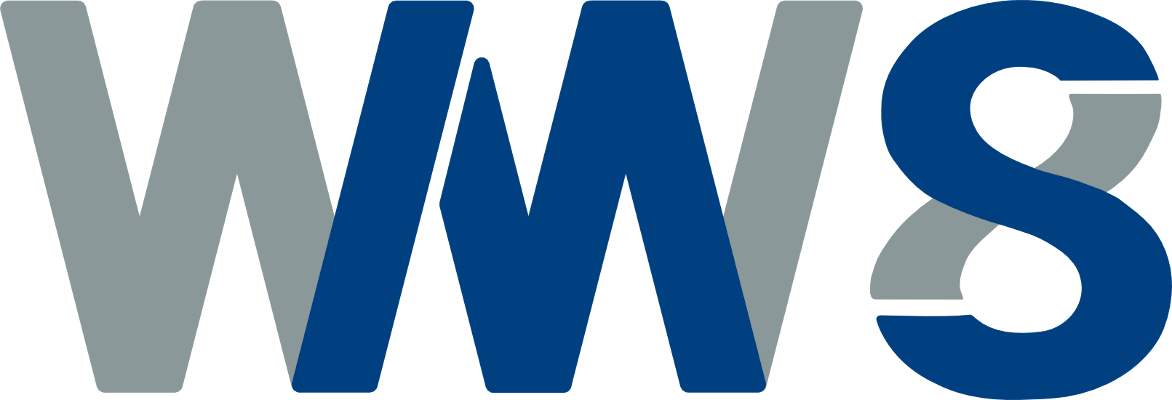The Discrete-Continuum Model: Simulation of crystal plasticity in micro- and nano- objects
Ricardo Gatti
LEM, CNRS–ONERA, 92322 Châtillon, France
Tuesday, 02. February 2016, 17:00
WW8, Room 2.018-2, Dr.-Mack-Str. 77, Fürth
Plastic deformation of crystalline materials is the result of the collective movement of dislocations, in response of their mutual interactions, external applied loading and interactions with boundaries such as free surfaces, interfaces or grain boundaries. The dislocation microstructures emerging from such dynamics are intrinsically heterogeneous and the way they affect the mechanical properties is a puzzling problem, especially at the micro- and nano- scales.
A reliable tool to model crystal plasticity at such scales is the Discrete-Continuum Model (DCM). The DCM is based on a coupling between 3D Dislocation Dynamics (DD) simulations and Finite Element (FE) method. In particular, the DD simulation code is in charge of the dislocation microstructure evolution while displacement field and boundary conditions (including surface and interface effects) are handled by the FE simulation code.
The DCM, which was proposed first in 1999 [1], has been significantly improved during the last years [2]. It is now possible to handle problems with very large number of dislocations (the performances of the DCM algorithm overcome the multipole algorithm gain with large number of segments), to use non-regular FE meshes, to precisely take into account the influence of finite or periodic boundary conditions, to consider isotropic and anisotropic elasticity.
Here, the new capabilities of the DCM are presented and illustrated with recent calculations made for Ni micro-samples and a SiGe nanostructure. With those examples, we show how the DCM is suitable to investigate the plastic properties of small volume objects. In particular, the calculation performed for the SiGe nanostructure highlights the attractive capability of running DD simulation in a full FE framework accounting for complex boundary conditions and using anisotropic elasticity.
[1] C. Lemarchand, B. Devincre, L. Kubin, and J.-L. Chaboche. In « Multiscale Modelling of Materials », vol. 538, pp. 63–68. MRS, Warrendale, Pennsylvania, 1999.
[2] O. Jamond, R. Gatti, A. Roos, B. Devincre. Submitted to International Journal of Plasticity.

